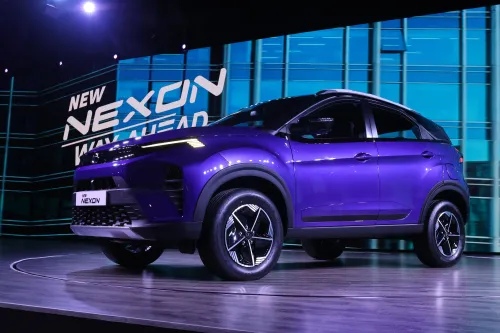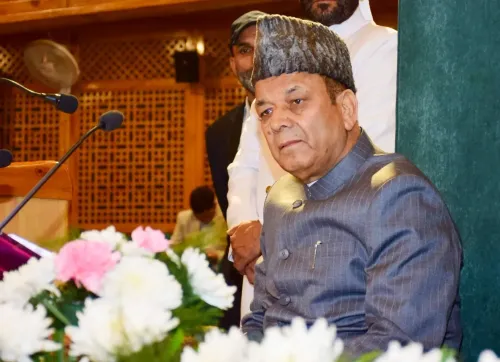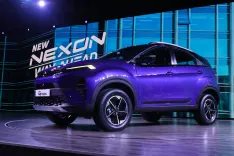India's Automotive Component Exports Could Reach $100 Billion Amid Global Trade Shifts

Synopsis
Key Takeaways
- India's auto component exports target $100 billion.
- Exports rose from a $2.5 billion deficit to a $300 million surplus.
- Focus on classic components could add $40-60 billion in exports.
- Emerging EV market could generate an additional $15-20 billion.
- Global OEMs are vital for India's export growth.
New Delhi, March 4 (NationPress) The Indian automotive component sector is poised to aim for $100 billion in exports. As global original equipment manufacturers (OEMs) reevaluate their supply chains and production strategies, this creates a prime opportunity for India to position itself as a leading global hub, as indicated by a report released on Tuesday.
During FY24, auto component exports surged to $21.2 billion, a remarkable recovery from a $2.5 billion deficit in FY19, transforming into a $300 million surplus.
The latest findings from the Automotive Component Manufacturers Association of India (ACMA) and Boston Consulting Group (BCG) suggest that by focusing on classic components, India can potentially generate an additional $40-60 billion in export growth by prioritising 11 product families, particularly in the US and European markets.
Furthermore, by harnessing the emerging electric vehicle (EV) and electronic value chain through localisation, India could tap into an extra $15-20 billion in exports for components such as battery management systems, telematics units, instrument clusters, and ABS, as per the report.
“We have not only attained a positive trade balance, but for auto-specific applications, the surplus is even more significant, reaching around $0.5-1.5 billion. We are dedicated to maintaining this growth path and have set an ambitious goal of $100 billion in exports moving forward,” stated Shradha Suri Marwah, President of ACMA.
Global OEMs represent key clients for India’s automotive component industry, constituting 20-30 percent of exports.
Vikram Janakiraman, Managing Director and Senior Partner at BCG, mentioned that attracting two or three global OEMs to set up manufacturing in India could act as a catalyst—“assisting domestic auto component manufacturers to better understand global OEM needs, seamlessly integrate into their supply chains, and strengthen India’s standing in the international automotive component market.”
In the German market, primarily influenced by Eastern European suppliers, India emerges as a cost-effective alternative, offering components at prices up to 15 percent lower.
In the US market, currently dominated by imports from Mexico and China, Mexican components are priced 2-5 percent lower due to diminished logistics and tariff expenses. In contrast, Chinese components are 20-25 percent pricier than India’s offerings, largely due to additional tariffs.
Vinnie Mehta, Director General at ACMA, highlighted the need to seize the current growth momentum.
“To fully leverage this opportunity, major Indian firms must strive to expand their exports by 5-10 times and achieve deeper integration into global supply chains,” Mehta added.









